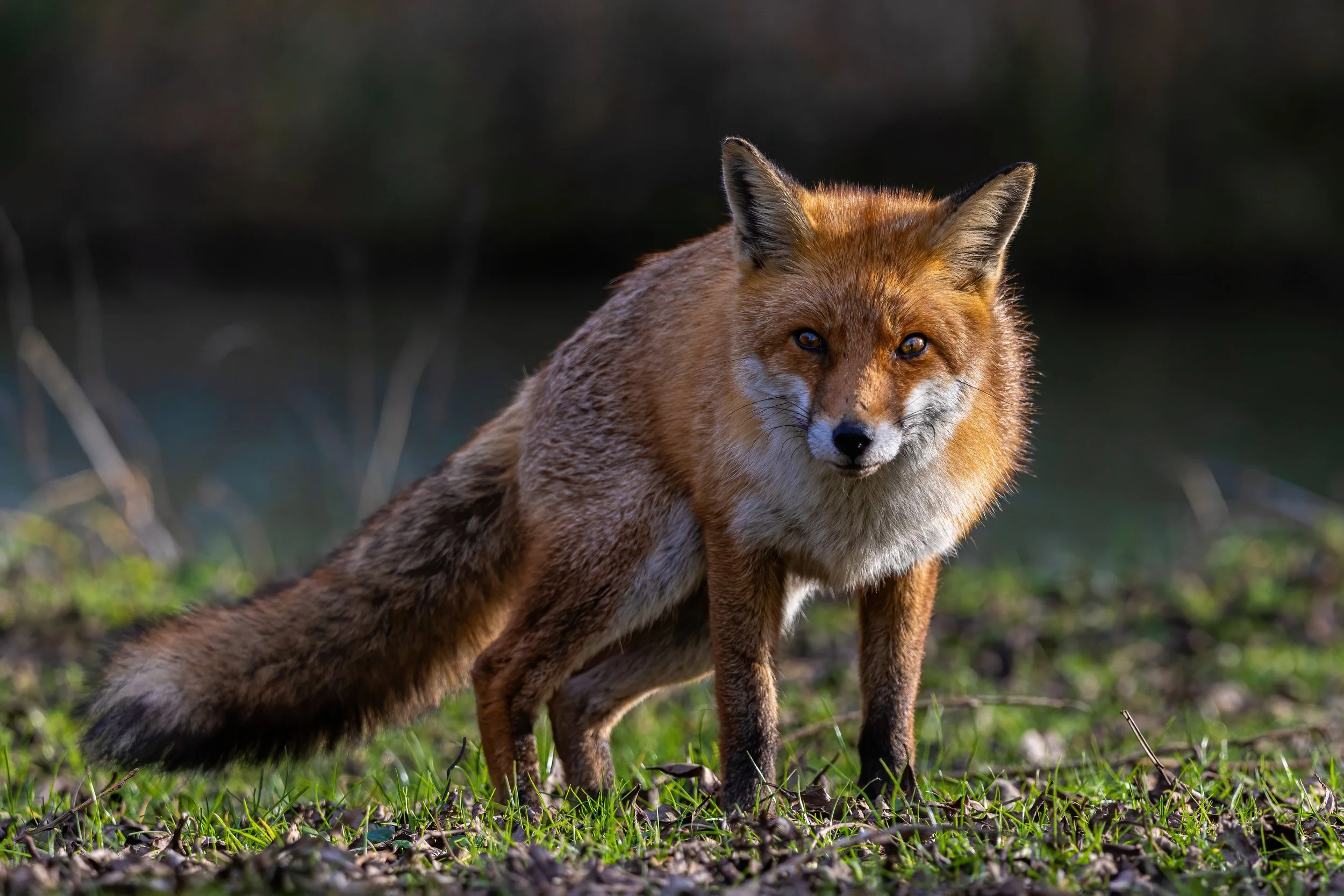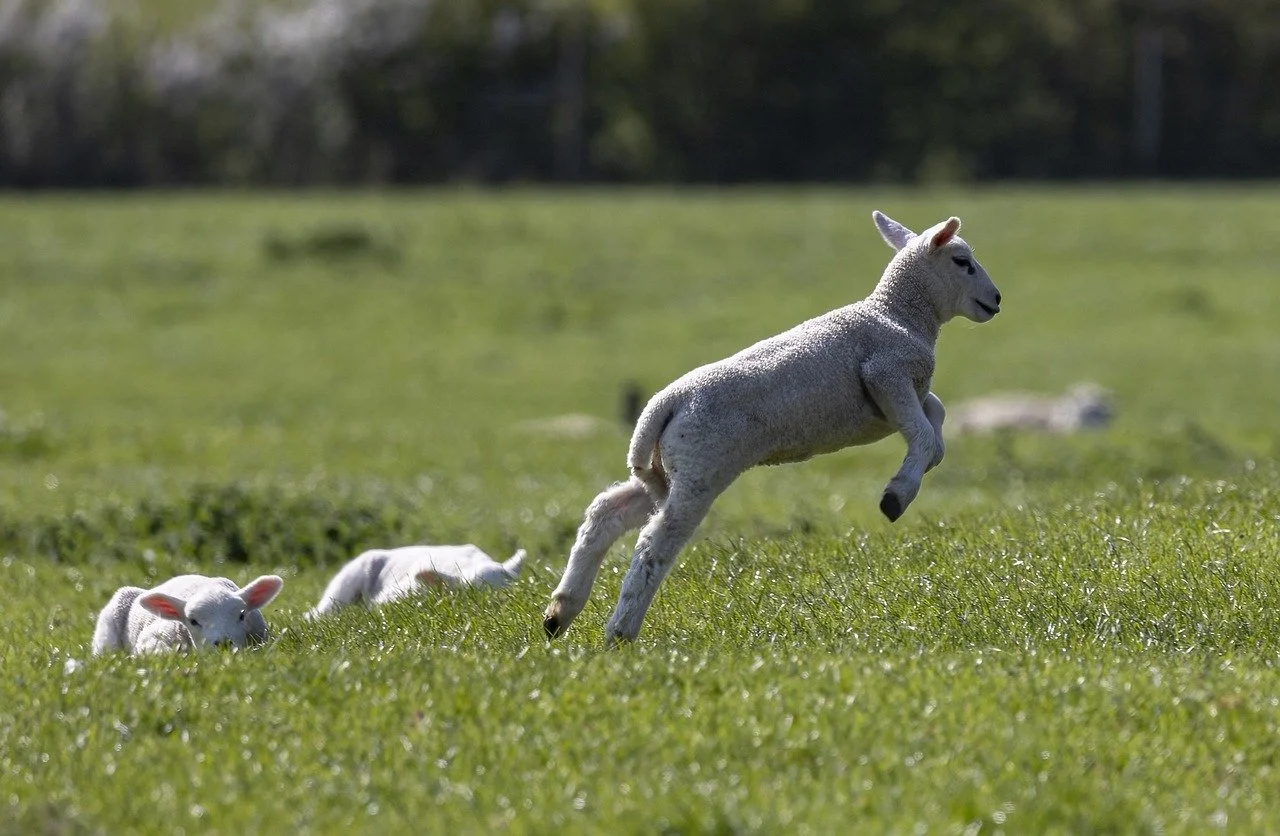Red foxes (Vulpes Vulpes) are believed to have an economic impact on farming through predation on lambs, poultry and game in 2003 a report from York University claimed that formers lost up to 0.26 lambs per Ewe though Fox predation
Moberly, R. L., White, P. C. L., Webbon, C. C., Baker, P. J., & Harris, S. (2003). Factors associated with fox (Vulpes vulpes) predation of lambs in Britain. Wildlife research, 30(3), 219-227. https://doi.org/10.1071/WR02060
Fox management
Fox culling is a controversial practice, and while many oppose it on ethical grounds, Foxes can have a significant impact on farming businesses and wildlife populations:
Reducing Predation: Foxes are known to prey on small livestock, poultry, and even lambs. In agricultural settings, particularly on farms with free-range chickens or young lambs, foxes can cause significant losses and increase operating costs impacting the business as a whole
Minimizing Disease Transmission: Foxes can carry diseases such as rabies, mange, and parasites, which can spread to other animals.
Preventing Overpopulation: In some areas, the fox population may become unnaturally large, leading to an imbalance in the ecosystem. Culling can help manage their numbers and reduce the pressure they place on other wildlife species, particularly vulnerable or endangered ones.
Protecting Ground-Nesting Birds: Foxes are known to prey on ground-nesting birds, such as pheasants and other game species. By reducing the fox population, culling may help protect these birds and their nests. Especially for game keepers
Preventing Suffering: While the idea of culling might seem counterintuitive, culling can be a more humane way to manage overpopulation compared to other measures such as trapping and poisoning . Without controls in place overpopulation in fox numbers can lead to malnutrition, disease, and injury in foxes, culling might reduce these risks by ensuring the population does not exceed the carrying capacity of the environment.



